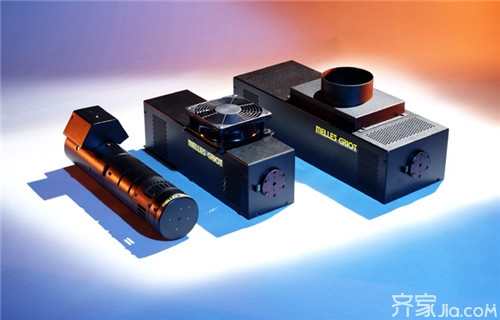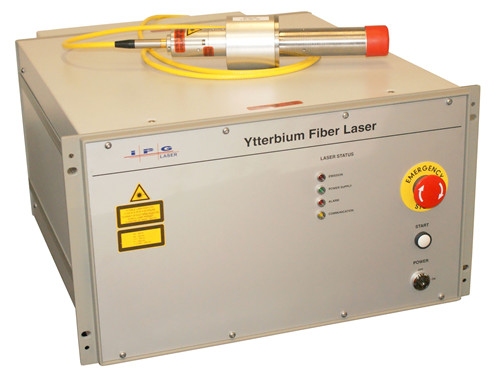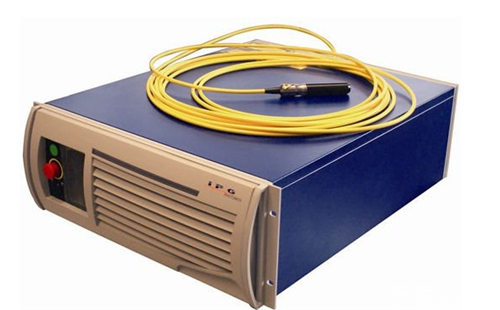Fiber Lasers have a wide range of applications, including laser fiber communications, laser space telecommunica- tion, industrial shipbuilding, automobile manufacturing, laser-engraving laser-marked
Laser Cutting, military defense security, medical instrumentation equipment, and large-scale infrastructure, as pumps for other lasers. Puyuan and so on. What is the principle of
fiber lasers ? Let's take a look at it right away.
[Fiber Laser principle]

The optical fiber is a solid glass fiber drawn with SiO2 as a matrix material. The principle of light guiding is to use the principle of total reflection of light, that is, when light is incident on a light with a low refractive index from an optically dense medium with a large refractive index at an angle greater than the critical angle. When the medium is sparse, total reflection occurs, all incident light is reflected to the optically dense medium with a large refractive index, and no light is transmitted through the optically thinned medium with a small refractive index. Ordinary bare fibers are generally composed of a central high refractive index glass core, an intermediate low refractive index silica glass cladding, and an outermost reinforcing resin coating. Optical fibers can be classified into single-mode optical fibers and multi-mode optical fibers according to propagation light wave modes. The single-mode fiber has a small core diameter and can only transmit one mode of light, and the dispersion between modes is small. The multimode fiber has a relatively thick core diameter and can transmit light of various modes, but its dispersion between modes is large. According to the refractive index profile, it can be divided into step index (SI) fiber and graded index (GI) fiber.
Taking a rare earth-doped fiber laser as an example, an optical fiber core doped with a rare earth ion is used as a gain medium. A doped fiber is fixed between two mirrors to form a resonant cavity. The pump light is incident on the fiber from M1 and the laser is output from M2. When the pump light passes through the fiber, the rare earth ions in the fiber absorb the pump light, and their electrons are excited to higher excitation levels, achieving ion number inversion. The reversed particles are transferred from the high energy level to the ground state by radiation formation and output the laser light.
 [The fiber laser as a representative of the third generation laser technology has the following advantages]
[The fiber laser as a representative of the third generation laser technology has the following advantages] (1) The advantages of low-cost, mature technology and the availability of fiber optics for miniaturization and intensification of glass fiber;
(2) The glass fiber does not require strict phase matching like the crystal for incident pump light.
(3) The glass material has a very low volume area ratio, fast heat dissipation and low loss, so the conversion efficiency is high.
(4) Output laser wavelength is high: This is because rare earth ions are very rich in energy levels and their rare earth ion species;
(5) Tunability: Because of the wide range of rare earth ions and the broad spectrum of fluorescence of glass fibers
(6) Since the fiber laser has no optical lens in its resonant cavity, it has the advantages of no adjustment, maintenance-free, and high stability, which is unmatched by conventional lasers.
(7) Optical fiber derivation enables the laser to easily perform a variety of multi-dimensional arbitrary spatial processing applications, making the mechanical system design very simple.
(8) It is capable of working in a harsh environment and has a high degree of tolerance for dust, vibration, impact, humidity, and temperature.
(9) No thermoelectric cooling and water cooling, just simple air cooling
(10) High electro-optical efficiency: The integrated electro-optical efficiency can be as high as 20% or more, which greatly saves power consumption during operation and saves operating costs.
(11) High-power, commercial fiber lasers are six kilowatts.


![]() September 16, 2020
September 16, 2020



